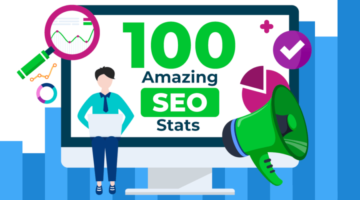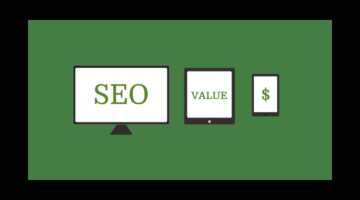Debunking SEO Myths and Misconceptions
In our guide, “Debunking SEO Myths and Misconceptions,” learn the truth about common misconceptions and myths surrounding SEO practices. Understand the facts to improve your website’s search engine optimization.
Regardless of how long you have been associated with the SEO industry or how the industry operates, there are always some misconceptions that continue to persist.
Shall we call it a lack of awareness or wishful thinking? Well, call it as you deem fit, but let’s clear up or debunk some of the most common misconceptions with the assistance of industry experts from KC Web Designs.
Myth #1 – SEO is All about Words and Links
One can argue that this particular misconception is a result of the evolution of SEO. It is not long since the SEO industry was built on words and links. Authority links and the right keywords matter, but these are not the only components Google looks for. Therefore, investment in establishing your brand authority will be more helpful in today’s competitive industry than creating cheap links.
Myth #2 – Higher RankingsEquals Social Media
Just like keywords and link building, social media is another significant component that plays a role in your marketing strategy. In reality, social media play an essential role in achieving higher rankings. Indeed, there is a difference between causation and correlation. Hence, racking up tweets and posts in the name of SEO will never take you anywhere unless Google finds a more consistent way to monitor social signals fully.
Myth #3 – More Pages Help a Website Rank Better
Having more pages but irrelevant content will never get you far. Numerous sites rank high in the search engine due to their target keywords and quality content, despite having fewer pages. An SEO strategy works based on quality, not quantity. Thus, create pages that genuinely add value to the site. Otherwise, the mere existence of them will not help your site in any way.
Myth -4 Exact Match Keywords Stuffing
This was true once upon a time, but now Google is much more sophisticated. The myth is no longer applicable thanks to recent technical developments, such as latent semantic indexing, which has facilitated Google’s improved contextual understanding, including relevance. Now, all you need to do is keep your content relevant with a few basic keywords while improving readability and web traffic.
Myth 5: Description is essential for SEO.
There is a common misconception that if you don’t provide Google with a meta description along with your content, it will automatically create one from the initial sentences of the content. Meta descriptions were once a ranking factor, but they are no longer a critical factor. This doesn’t mean that you should avoid or neglect them; it matters more to human searchers on Google than to the search engine itself.
Myth -6 Image Optimization is Useless
An image embedded on a site can easily be optimized for SEO by using the alt tag. Since search engines cannot read or view images like a human, they do read these alt tags. Embedding images with relevant alt tags will help improve search engine ranking, in addition to other factors.












